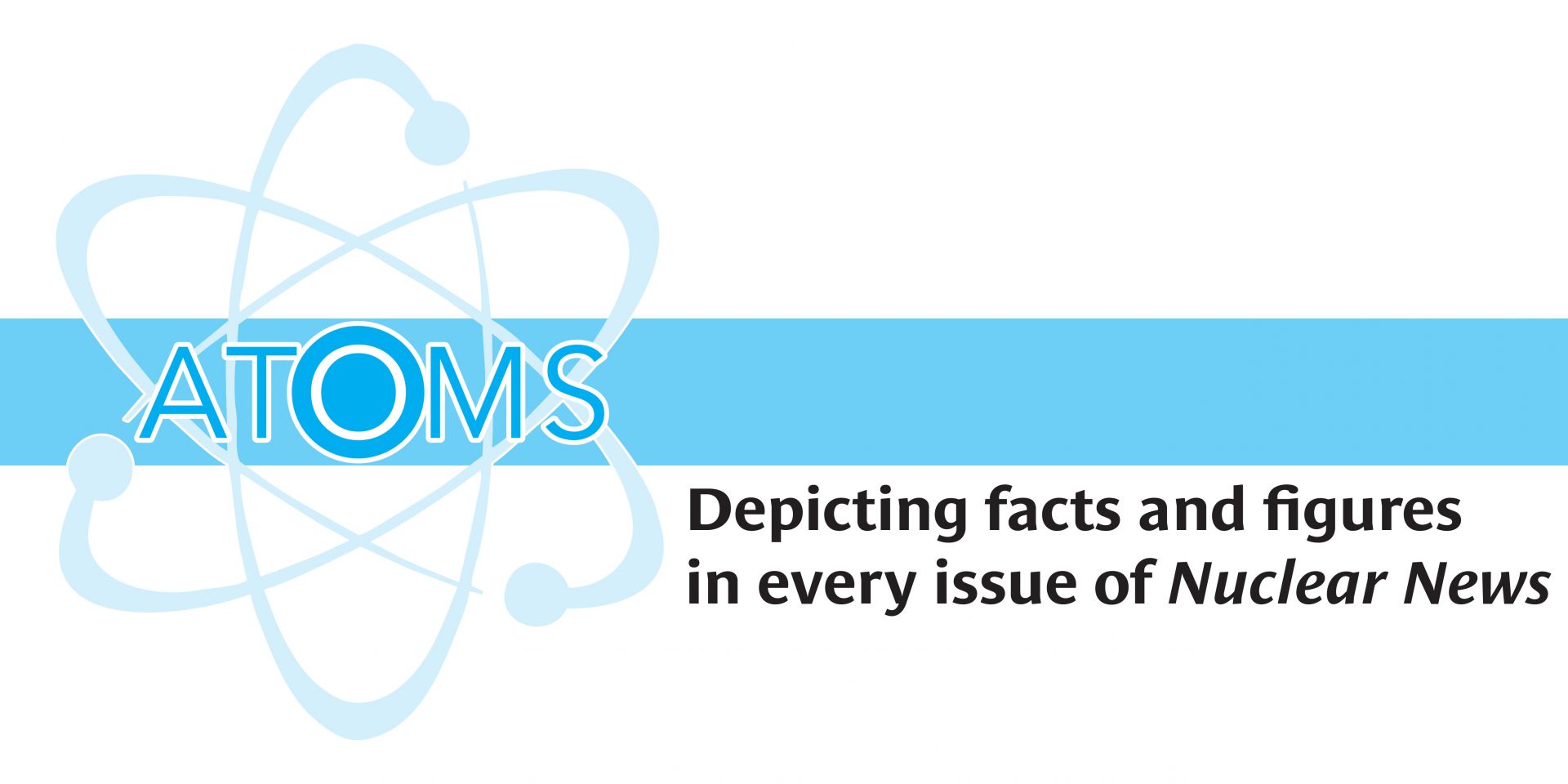Atoms: Beyond Maintenance

Maintenance can mean no more than keeping the status quo. But plant maintenance programs at U.S. nuclear power plants do that and then some. Even the programs are themselves maintained and improved—and so a long-lived nuclear fleet has improved with time. Read on.







